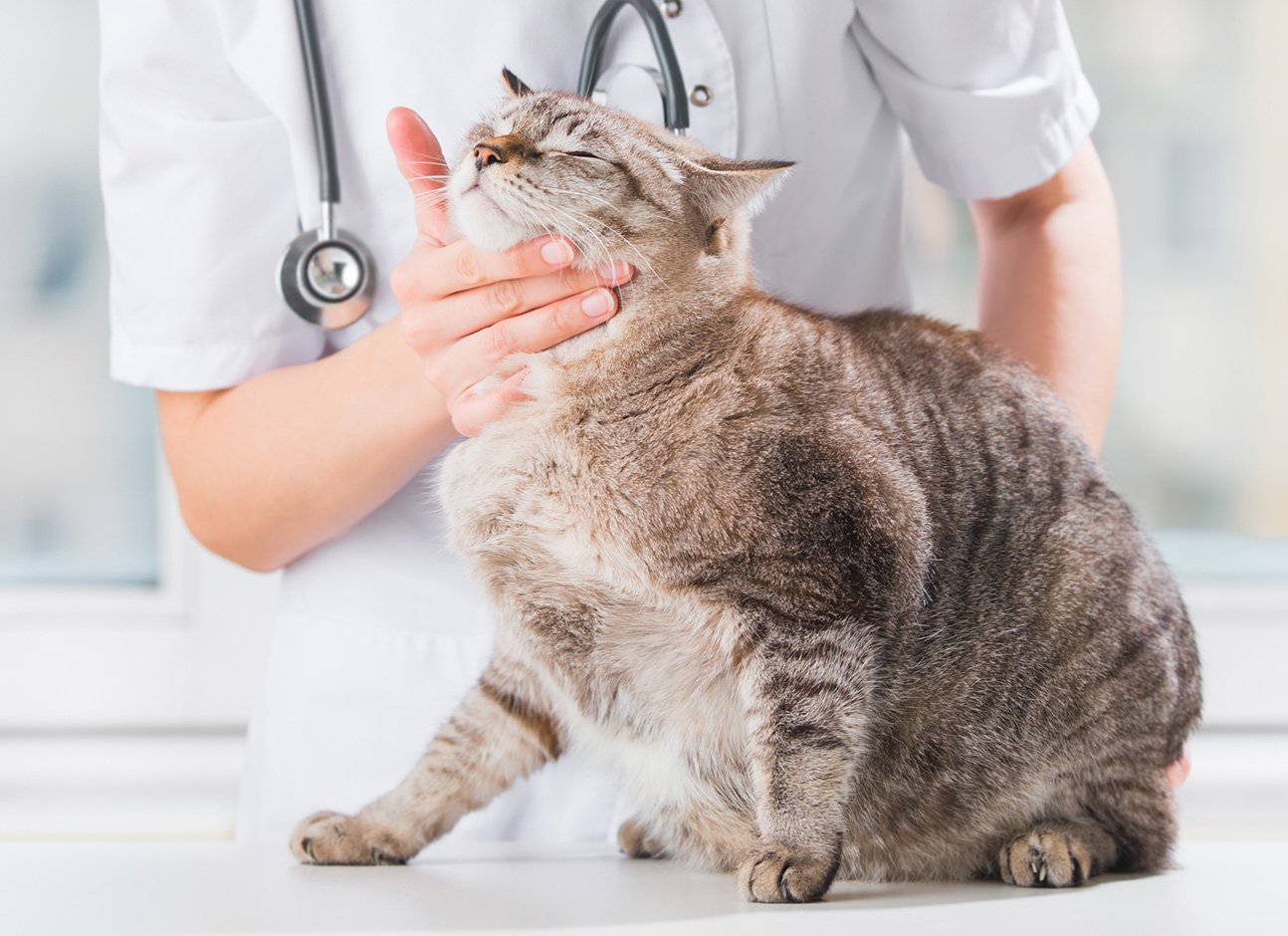Cataracts in cats involve the decreasing transparency of the eye’s lens which leads to obscure vision. A bluish, gray, or white layer forms over the eye which clouds the vision and obstructs the light from falling on the retina of the eye. This can have a substantially adverse impact on your pet’s vision. Although uncommon in cats, a cat of any age, sex or breed can develop cataract. Some cats may even get cataracts due to hereditary factors.
Inflammation within the eye is the most common reason why cats develop cataracts. Also referred to as uveitis, it results in the body’s immune system mistaking the lens for a foreign entity which leads to cataract formation. Other causes include, blunt trauma, glaucoma, grievous eye injury sustained during fights with other cats, and malnutrition in youth. Besides an opaque lens, clumsiness and an avoidance of stairs and furniture are common signs of a possible case of cataracts.
If you think your cat may be suffering from cataract(s), taking them to the veterinarian is the best thing to do. The vet does a detailed study of your pet’s history, and conducts physical and eye examinations to make a definitive diagnosis of cataract. They may also conduct a blood test and refer your pet to the veterinary ophthalmologist. Treatment may include eye drops, surgery and any specific treatment directed towards eliminating or mitigating the underlying cause of cataracts in your pet.
You can ensure the prevention of cataracts by diligently taking your cat for routine eye checkups as part of their annual physical health checks. You also need to make sure that your pet receives the proper vaccines on time. In addition to that, keeping them away from other cats so as to avoid any possible injury to the eye, is also an effective preventative measure.
Clear vision is key to a pet’s quality of life. Discover our expert ophthalmology services today.
